Pros
-
Inky blacks and rich colors
-
Flawless viewing angles
-
Voice search and Alexa integration
Cons
-
None that we could find
The E8 series is the direct successor to last year's E7 OLED series. I didn't review that specific series, but I did review the B7, C7, and W7 models last year—they are some of our highest-ranked TVs—so from the get-go, the E8 has pretty big shoes to fill. LG has taken an "if it ain't broke, don't fix it" approach to the OLEDs in 2018, maintaining last year's stellar picture quality while making quality-of-life changes like adding a new "glass" design, "ThinQ" artificial intelligence, and a new "Alpha 9" processor.
Features like a remote with voice-search and Alexa compatibility are welcome additions, but they also aren't hugely compelling reasons for 2017 buyers to upgrade to a 2018 model. However, if you've been waiting to buy an OLED, take it from the already psyched 2017 owners: if all that can be improved right now is processors and software, it's a safe bet you're still buying some of the best picture quality around.
About the LG E8 Series
LG's E8 series is available in two screen sizes:
- 55-inch (LG OLED55E8PUA), $3,299 MSRP
- 65-inch (LG OLED65E8PUA), $4,299 MSRP
Starting at $3,299, the E8 series certainly isn't cheap, but that's not just because OLED TVs are a newer technology. Regardless of which size you're interested in, the E8 OLEDs share a pretty impressive list of specs and features:
• 4K (3,840 x 2,160) resolution • High Dynamic Range compatible (HDR10 and Dolby Vision) • "Glass" TV/bezel design • LG Alpha 9 processor equipped • LG ThinQ AI • webOS with Google Assistant/Amazon Alexa integration
During CES 2018, LG made it clear that its biggest focus with OLED TVs this year was to make them "smarter," and the E8's spec list is a testament to that claim. The core picture quality specs (4K resolution, HDR compatibility) haven't changed from last year, and neither did LG assert that the 2018 models were brighter, more colorful, or in any way beefier—from a picture quality perspective—than last year's models.
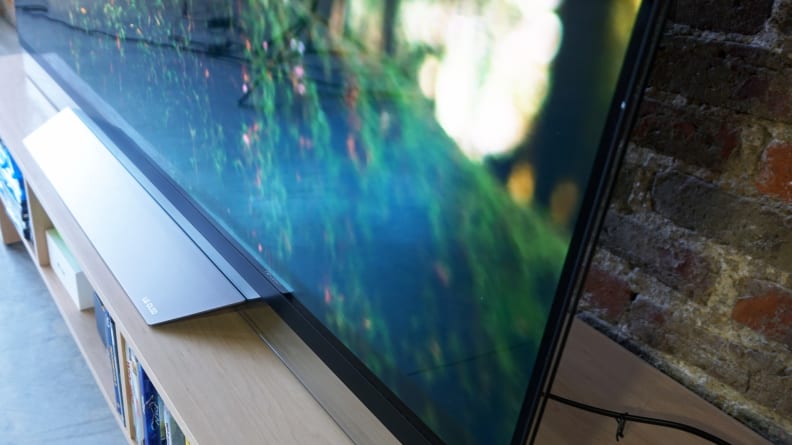
The new "Glass" design adds transparent glass extensions to the lower bezel. It's a nice touch.
What's new here is LG's proprietary Alpha 9 processor, the implementation of ThinQ functionality, and the folding of Alexa support into webOS. On paper, this means the E8 series should look just as good as last year's models, but be even speedier, smarter, and more convenient in terms of its features and software.
We received our 65-inch E8 on loan from LG, and gave it a full 24 hours to warm up and break in prior to review and calibration. While our results reflect testing and hands-on time with the 65-inch E8, we expect almost all of our conclusions to apply equally to the 55-inch model.
What We Like
OLED continues to deliver drop-dead gorgeous picture quality
Picture quality is, hands down, the reason to buy an OLED. LG might be singing the praises of the E8's "Glass" design (which is pretty cool, I guess) or its new A9 processor and Alexa integration, but there's one reason and one reason only to spend a few thousand dollars on the new 55- or 65-inch E8 OLED TVs: picture quality.
OLED TVs work differently from their LED brethren. While so-called LED TVs (actually LCD TVs with LED backlighting) combine liquid crystal panels that work alongside LED-array backlights to produce images, OLEDs are "emissive," like the lauded plasma displays before them. This means each individual pixel is able to activate (turn on and turn off) separately from the others, emitting its own light and color rather than sharing a rear-mounted lighting element.
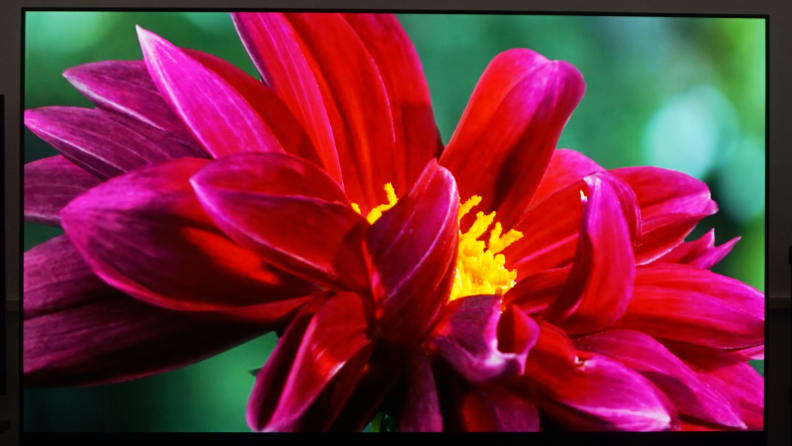
Overall, the E8 series' picture is a winning mix of deep color ability, balanced brightness, and excellent shadow detail.
In plainer terms, it means OLED TVs look totally awesome. Like LG's other 4K/HDR OLEDs, our OLED65E8PUA delivers jaw-droppingly dark shadows/black levels. Where TV picture quality is concerned, nothing is more important than black level. Inky shadows mean anything that's not black on screen is that much brighter/colorful by contrast.
What's more, OLED cells have a naturally emissive, wide color spectrum. While OLED TVs have been able to produce color that is "more colorful" (read: more saturated) than the standard dynamic range color space, rec.709, even calls for, LG's last couple generations of OLEDs have also been able to cover almost 100% of the new High Dynamic Range color space, DCI-P3.
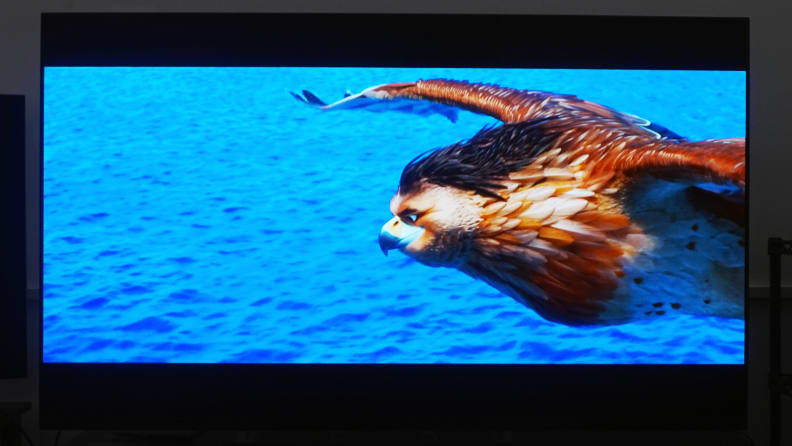
Animated movies like Moana look especially good with additional color and gradation details.
Between its mega-high contrast, richly saturated colors, and almost perfect off-screen viewing angles (emissive displays generally have much better viewing angles than their "transmissive" LCD competition), the E8 continues to deliver the super premium, 4K, HDR-ready picture we've come to expect from these pricy displays.
If there's a drawback, and this is a real stretch, it's that viewers with very bright rooms may sometimes struggle with glare from windows or ambient lightings. Due to their emissive nature, OLEDs generally aren't as bright as LED TVs. Still, I saw 10% HDR boxes as bright as 700 nits, so the E8 certainly ain't slackin' off.

The E8's on/off emissive panel capabilities make scenes of mixed high and low contrast look especially fetching.
While the HDR/Dolby Vision models this year are still capable of very high specular brightnesses, they—like all emissive displays—use a function called ABL, or Auto Brightness Limiting, that causes linear reductions in screen brightness depending on how much of the screen is displaying brighter content. This is to keep the OLED cells from overheating, and it means during non-HDR content, a scene displaying, for example, a snow-covered tundra, won't look as bright as it might on an equally snazzy LED TV.
I watched The Mountain Between Us in 4K/HDR on our E8, a movie about a man and a woman who become stranded after a plane crash. In the dim testing lab environment, the movie looked spectacular.
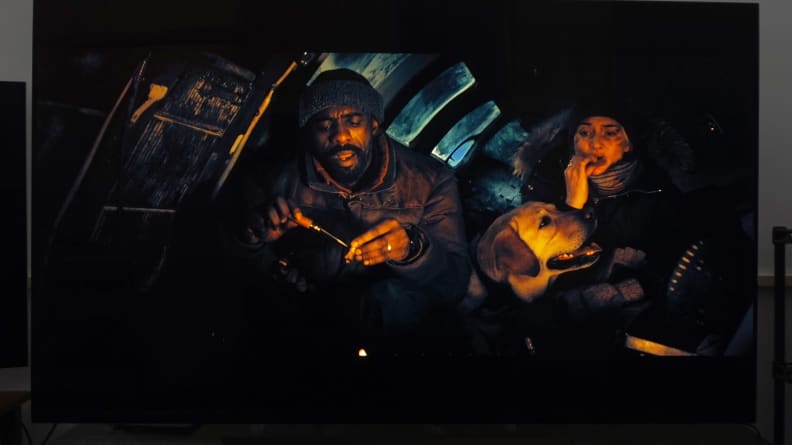
Dimmer scenes may not be as bright as they would be on an HDR-capable LED TV, but they look balanced, organic, and realistic.
Snowy, sunny scenes were bright and crisp. Darker situations lit by campfire looked warm, dim, and natural. The HDR color was especially noticeable on the brown leather gradations in Idris Elba's jacket, and in the sandy brown/fawn fur of the unnamed dog that accompanies them. Scenes never looked insanely bright nor colorful, but consistently excellent, organic, and realistic.
webOS is even better thanks to the A9, ThinQ, and Alexa
webOS is LG's name for its smart platform—the collection of streaming apps, notifications, calendars, and browser alternatives beneath a single encompassing umbrella. We loved webOS when it first launched three or four years ago, but in that time, dedicated streaming devices from Roku, Apple TV, Amazon Fire, and Google Chromecast have quietly and efficiently made dedicated smart TV functions feel pretty janky.
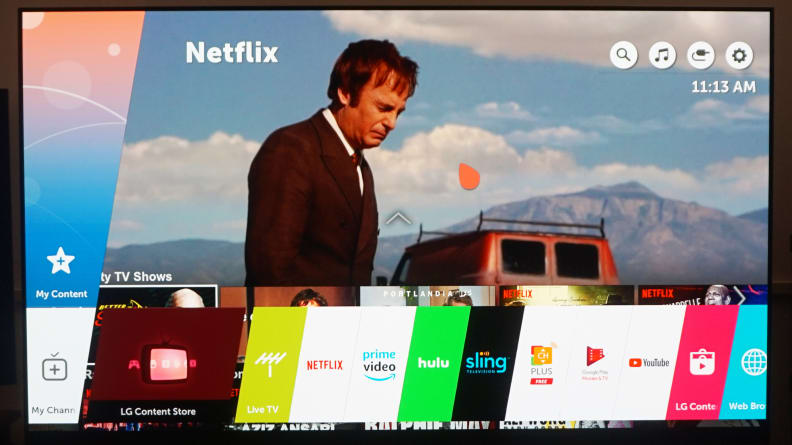
webOS is snappier and more responsive than ever, thanks to the addition of the Alpha 9 processor.
But webOS is still one of the best: it's cleanly organized, easy to navigate, intuitive, and—refreshingly—quite colorful and friendly. You'll find the standard, high-priority apps (Netflix, Hulu Plus, Amazon Video, YouTube, etc.) already installed—note that you still have to buy subscriptions for most of those, they aren't included with the TV or anything like that. There are many more apps, flash games, and so-on in the LG app store.
Like the TV's design, even with additional compatibilities and the fact that the new A9 processor makes this LG's fastest, snappiest, most responsive smart platform yet, webOS still isn't a huge selling point here. It's welcome icing on the cake, however.
What We Don't Like
OLED designs keep changing, but not necessarily evolving
If there's one thing that's consistent with OLED TVs' tendency to steal our top-ranked spots for TVs every year, it's that they're always touting fancy new designs. Considering a major aesthetic draw of OLED TVs is that the panels are as thin as a stack of credit cards, you'd think they wouldn't need much design revamping to get the point across that these are high-end, premium items. But every year, LG makes changes to the OLED lineup's design essentials—this year, it's a focus on "Glass."
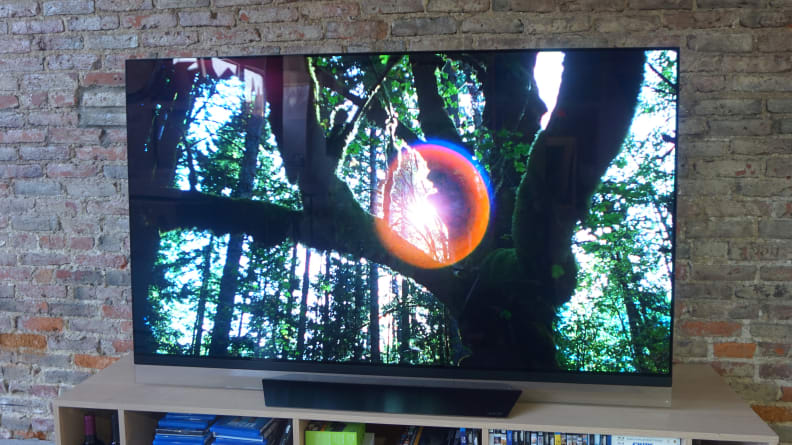
The E8's design is nice, but what you're really paying for is the incredible picture quality.
LG has fumbled a bit with OLED designs in the past, but the "Glass" aesthetic is—in my opinion—a success. The TV screen is surrounded by a couple inches of clear glass which disappears into its environment, whether it's perched on a stand or wall mounted. Assembly of the E8 is a little odd, as the stand simply screws "onto" the lower portion of the glass extension, rather than screwing into actual screw holes. It feels plenty sturdy, but it's a little eccentric.
The only reason the E8's design is in the "what we don't like" section is that—like the A9 processor and ThinQ/Alexa functionality—it's touted as an "unprecedented" improvement to the TV as a whole, but in reality, the picture quality and AV-forward features (HDR, Dolby Vision, Dolby Atmos support) are really what you're paying for here. The glassy bezel extensions are nice, but they pretty much disappear from view once you've got the TV set up, especially if you're watching in a darker, filmic environment.
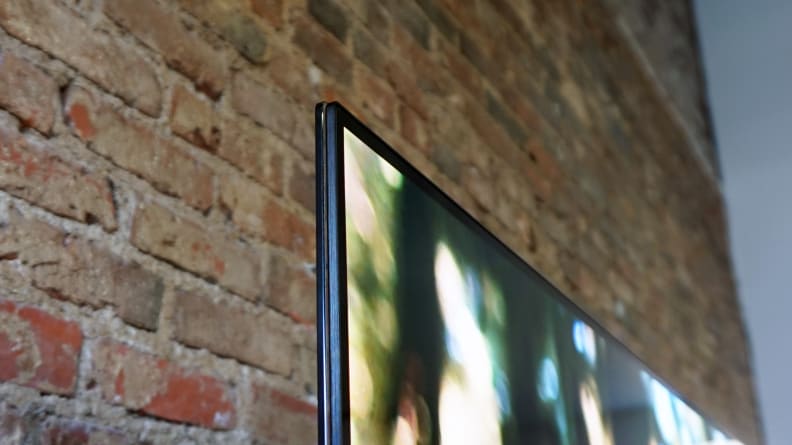
OLED's claim to fame: the E8 is still incredible, almost unbelievably thin when viewed in profile.
On the side/backside of the TV, you'll find the same robust selection of ports as in recent years: four HDMI 2.0 inputs, three USB 2.0 ports, an RF/coaxial jack for cable or satellite connection, shared component/composite inputs, a LAN/ethernet input, and digital audio out (optical) support. The included remote is the standard "Magic" remote design with a scroll wheel and support for voice search.

On the back of the E8, you'll find options like four HDMI 2.0 inputs, USB 2.0, ethernet/LAN input, and optical audio out.
Speaking of the price... yeesh
The new E8 OLED is one of the best 2018 TVs you can currently buy, there's no doubt about that. But the price is still a bit hard to swallow, especially upon review of past years' price behaviors. For example, last year's 65-inch E7—the precursor to the E8—started at $5,499, is now available directly from LG for $4,000, and is available online/refurbished for around $2,600.
This makes the 65-inch E8's $4,299 MSRP tag a welcome shift—it's a whole $1,200 cheaper than the E7's MSRP. On the other hand, $4,300 is still a ton of money.
While LG's software- and functionality-based upgrades to the 2017 lineup are supremely welcome, as CNET's David Katzmaier said during CES 2018, the people who bought 2017 OLEDs aren't going to feel buyer's remorse in the wake of the 2018 models. The TVs are smarter, but what you're paying all that money for is the cutting-edge, second-to-none picture quality.
Should You Buy It?
Yes—if you'll settle for nothing less than top-tier picture quality
If the best possible 4K/HDR picture quality is what you're after, LG's E8 series is an excellent choice. While its starting price is steep at $3,299 for the 55-inch, you're getting OLED's lauded picture quality, 4K/HDR10/Dolby Vision support, a unique design, and an upgraded iteration of the webOS platform. What's not to love?
On the other hand, considering that the picture quality is about the same as the 2017 models, you could probably save a lot of money by hunting down one of those, or even opting for the more affordable, less snazzy 2018 C8 series, which we'll be reviewing soon.
No matter which way you slice it, though, OLED continues to be the most consistently high-quality choice for picture quality enthusiasts in 2018. The only real "drawback" to these TVs is that they continue to be so expensive. So if your heart's really set on one of the new, snappier 2018 models, I recommend waiting a bit past initial launch for price drops later in the year.
SDR Settings & Test Results
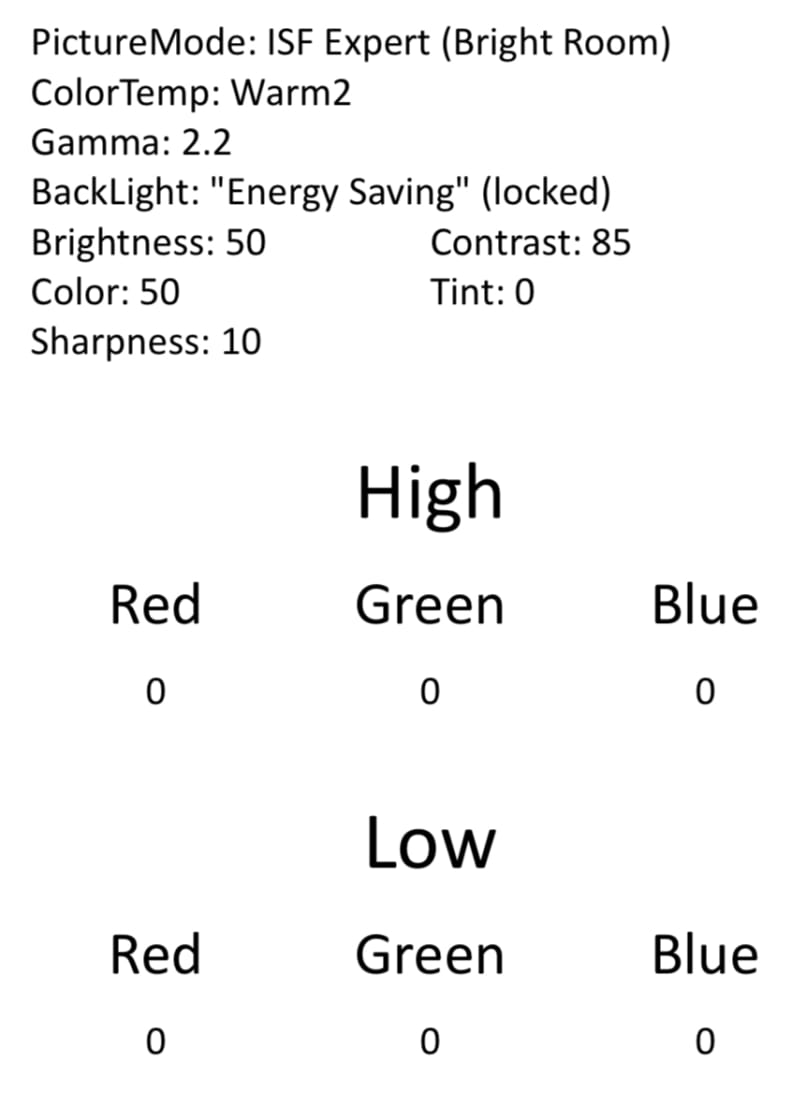

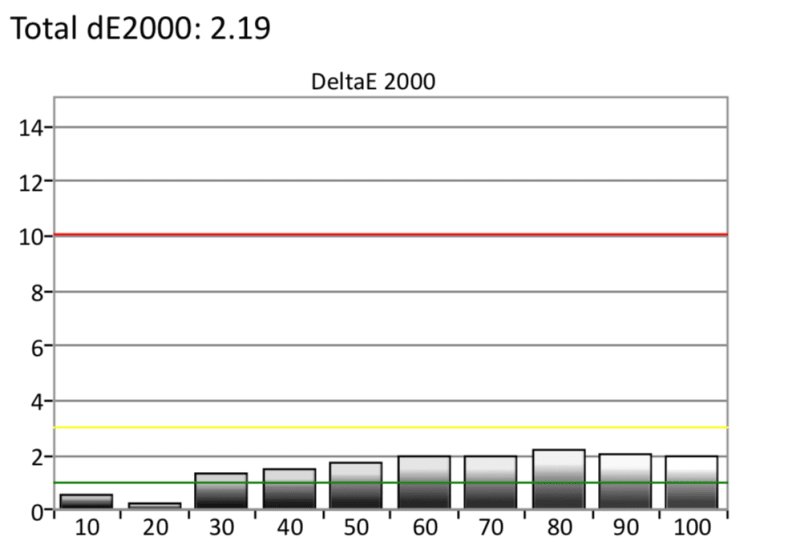
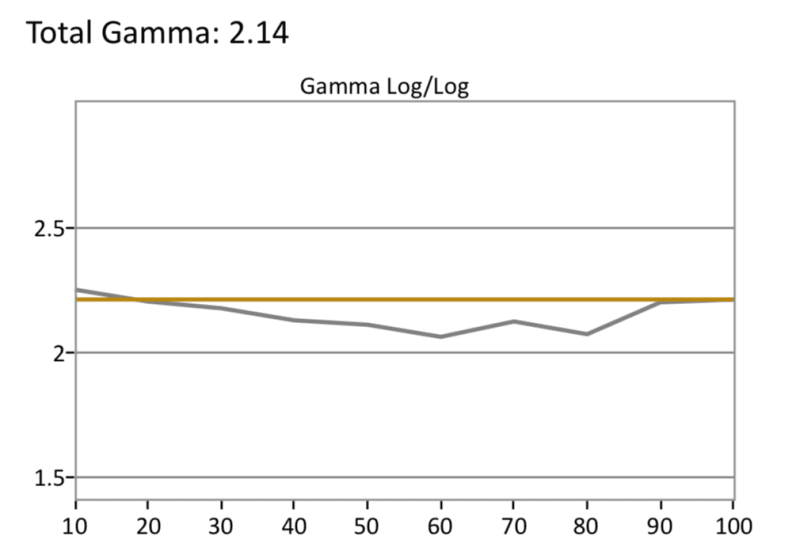
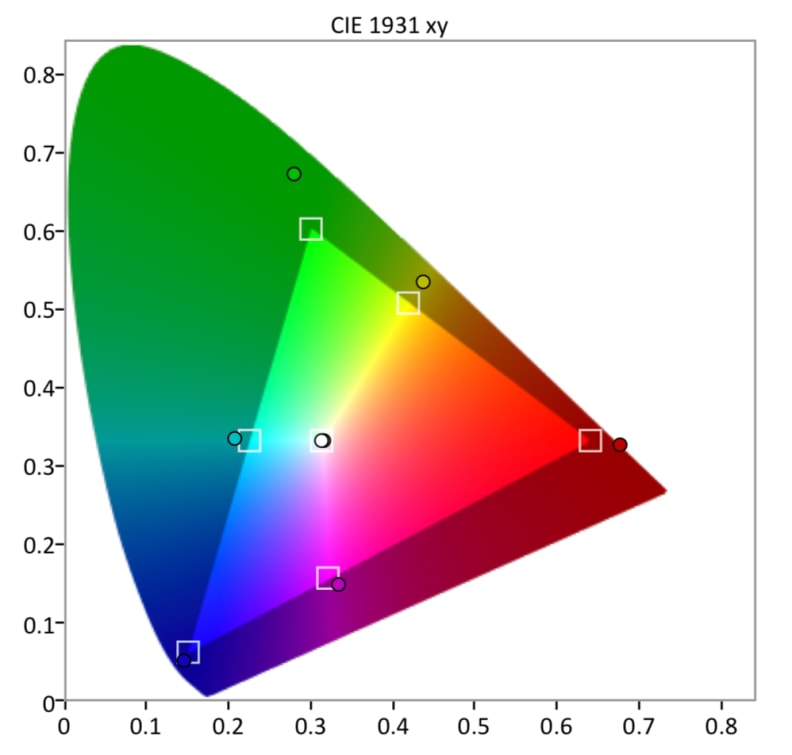
HDR Settings & Test Results
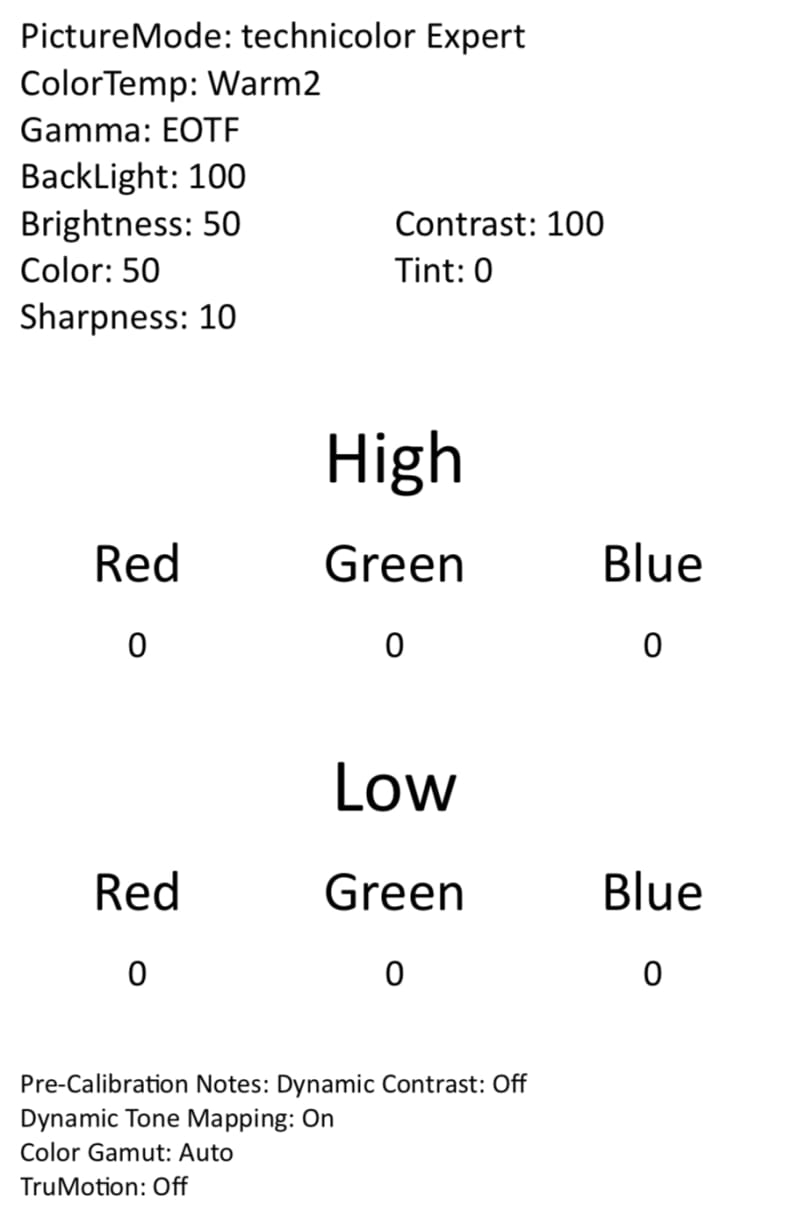
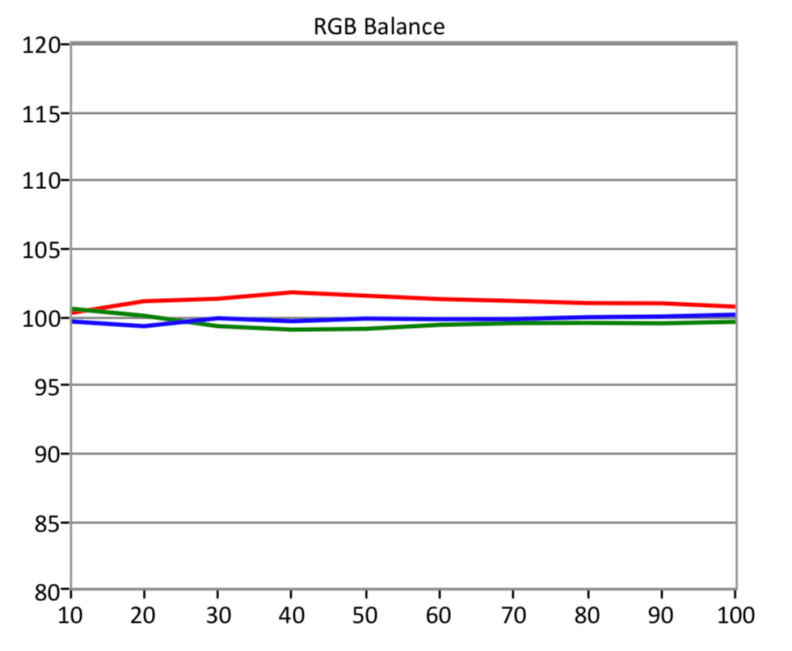
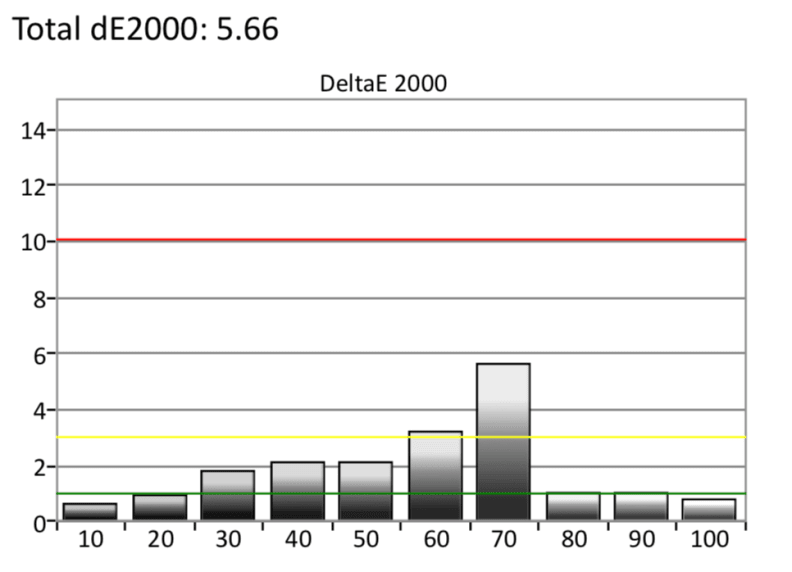
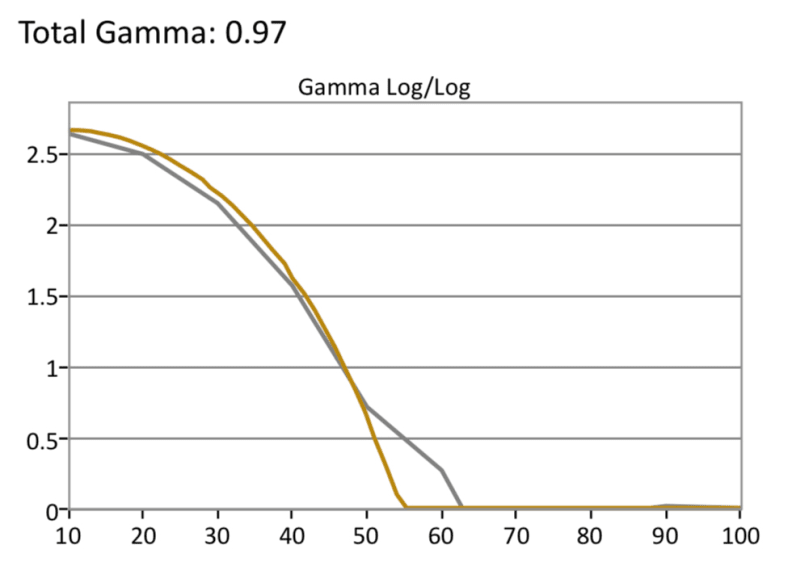
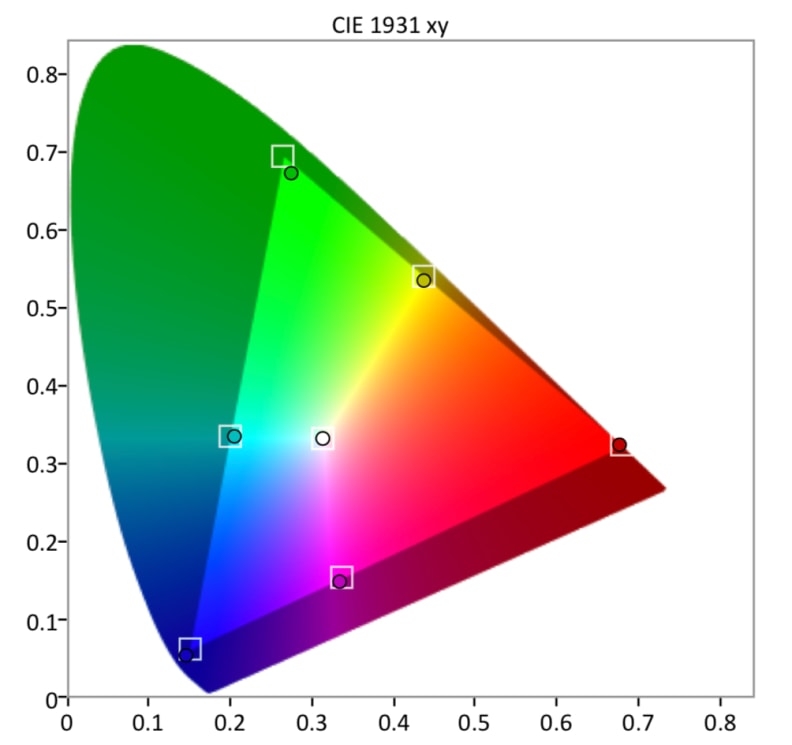
Meet the tester
Lee was Reviewed's point person for most television and home theater products from 2012 until early 2022. Lee received Level II certification in TV calibration from the Imaging Science Foundation in 2013. As Editor of the Home Theater vertical, Lee oversaw reviews of TVs, monitors, soundbars, and Bluetooth speakers. He also reviewed headphones, and has a background in music performance.
Checking our work.
Our team is here to help you buy the best stuff and love what you own. Our writers, editors, and experts obsess over the products we cover to make sure you're confident and satisfied. Have a different opinion about something we recommend? Email us and we'll compare notes.
Shoot us an email


